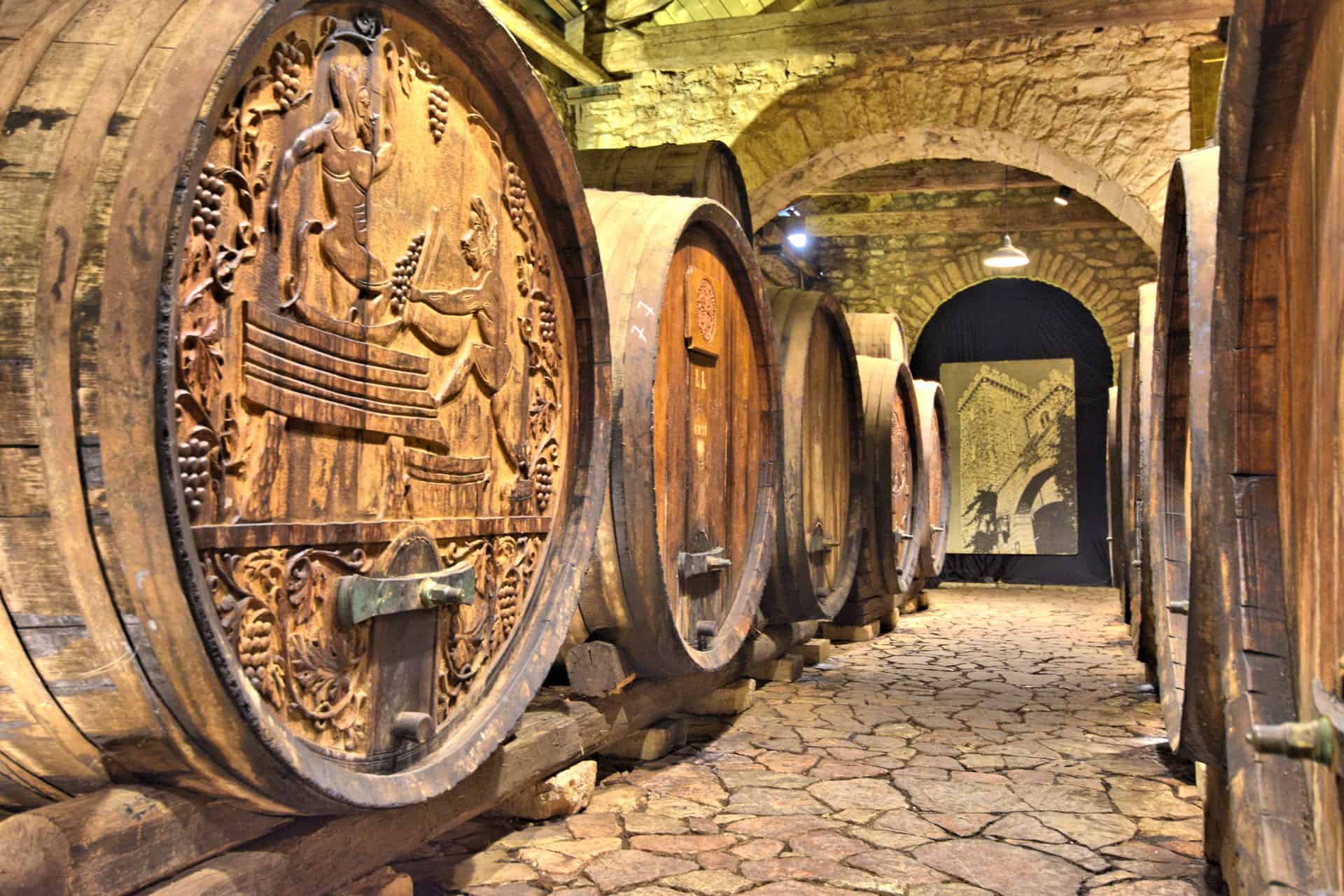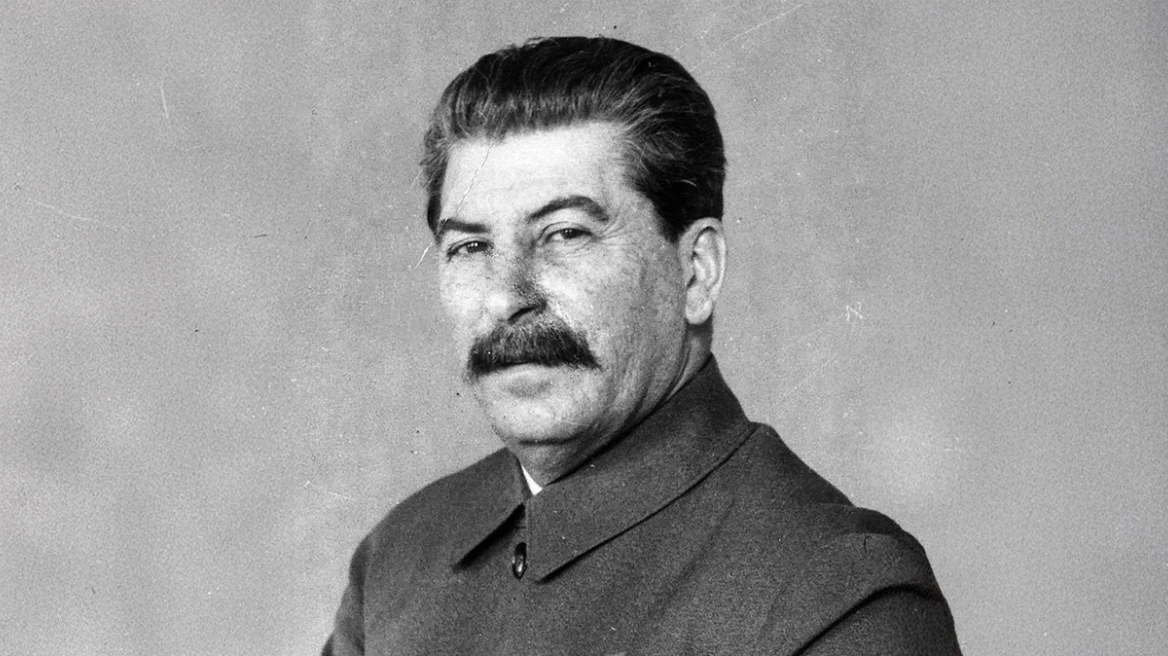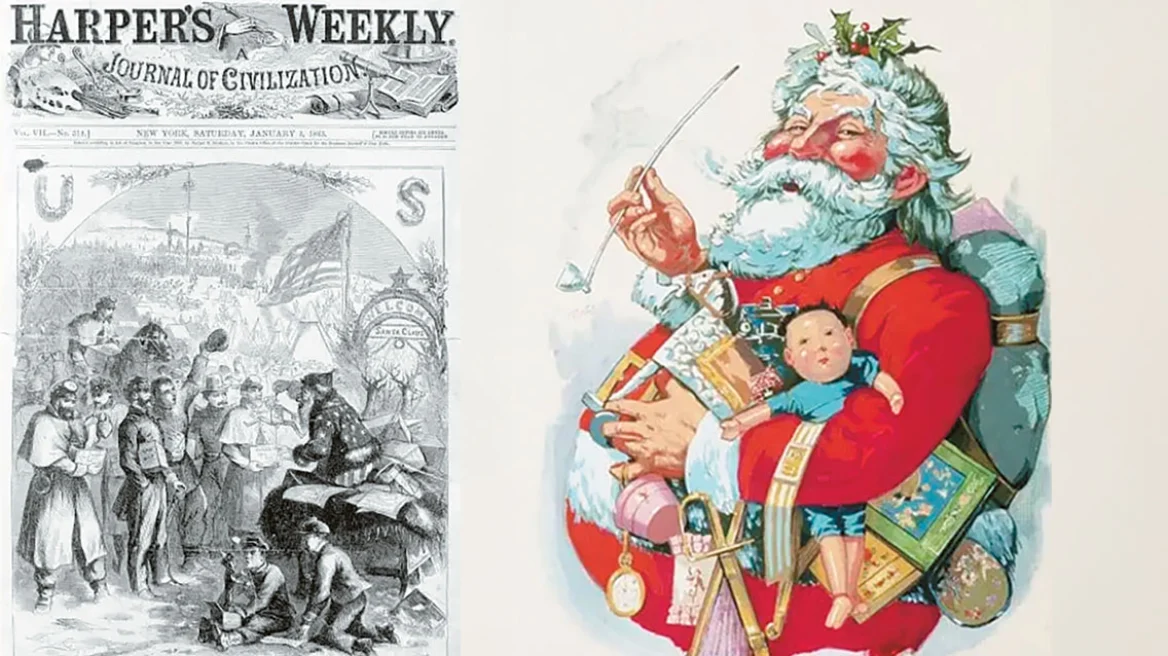Greece of the 1850’s was not what we see on our maps today. The country was only 2 decades old, and consisted of the Peloponnese (“Morea”), a small portion of Mainland Greece (“Livadia”) and a few Aegean islands, (“Cyclades”) while the rest of the area and the islands, including Crete, although populated by Greeks, were under the control of the Ottomans, Brits, Italians, and even Egyptian/Ottomans.

At that time, Greece had a King: King Otto, a young Bavarian Prince – son of the philhellene King Ludwig I of Bavaria – who had been selected (by foreign powers) as the King of Greece. This “Bavarian connection” had created opportunities for German businessmen. Attracted by this benign environment between King Otto’s (Greek: ‘Οθωνας) Greece and Germany, entrepreneurs such as the Bavarian Gustav Clauss sought agricultural opportunities in the welcoming Mediterranean climate.
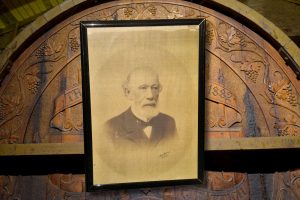
Coming, in 1854 to Patra, in the area known since ancient times as “Achaia,” Gustav Clauss saw such an opportunity, and a few years later, in 1861, acquired a plot of land on a hill overlooking the town of Patra, and founded a wine-growing, wine-making establishment he named “Gutland” – which we now know as “Achaia Clauss.”
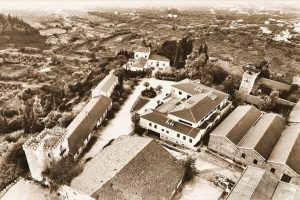
These were turbulent times – in the new world, America was rapidly sliding toward its Civil War, and Europe was at arms, fighting the Crimean War of 1854. Greece was also involved in the European wars, unfortunately on the losing side, and the resulting dissension – which eventually led to King Otto’s replacement by a Danish Prince (King George I) – and a series of great internal political upheavals had created a certain amount of lawlessness on the land; so Clauss wisely built his winery in the form of a fort, as a defense against brigands and even hostile neighbors; hence the “Castle” look, which the entrance and other buildings still bear today.
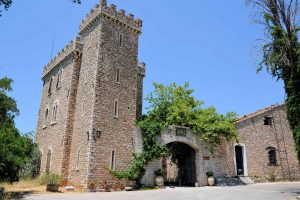
Read more HERE
Ask me anything
Explore related questions
